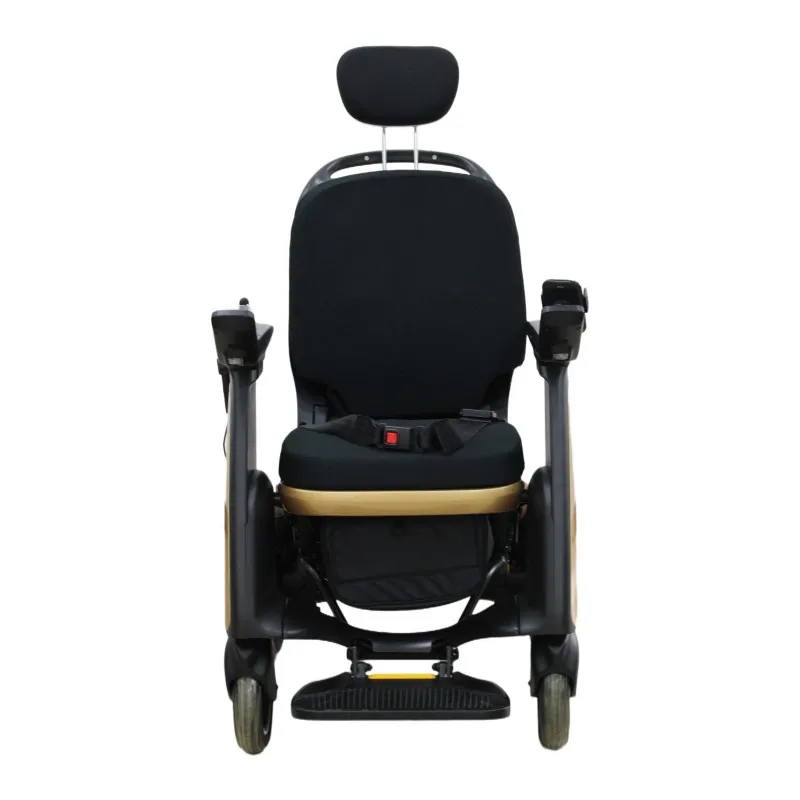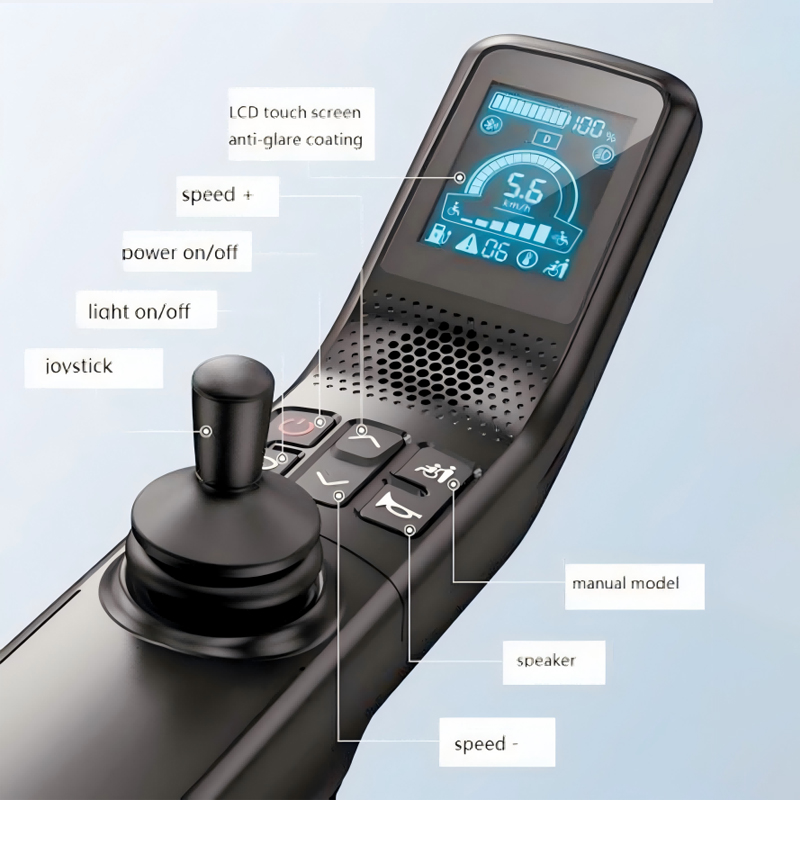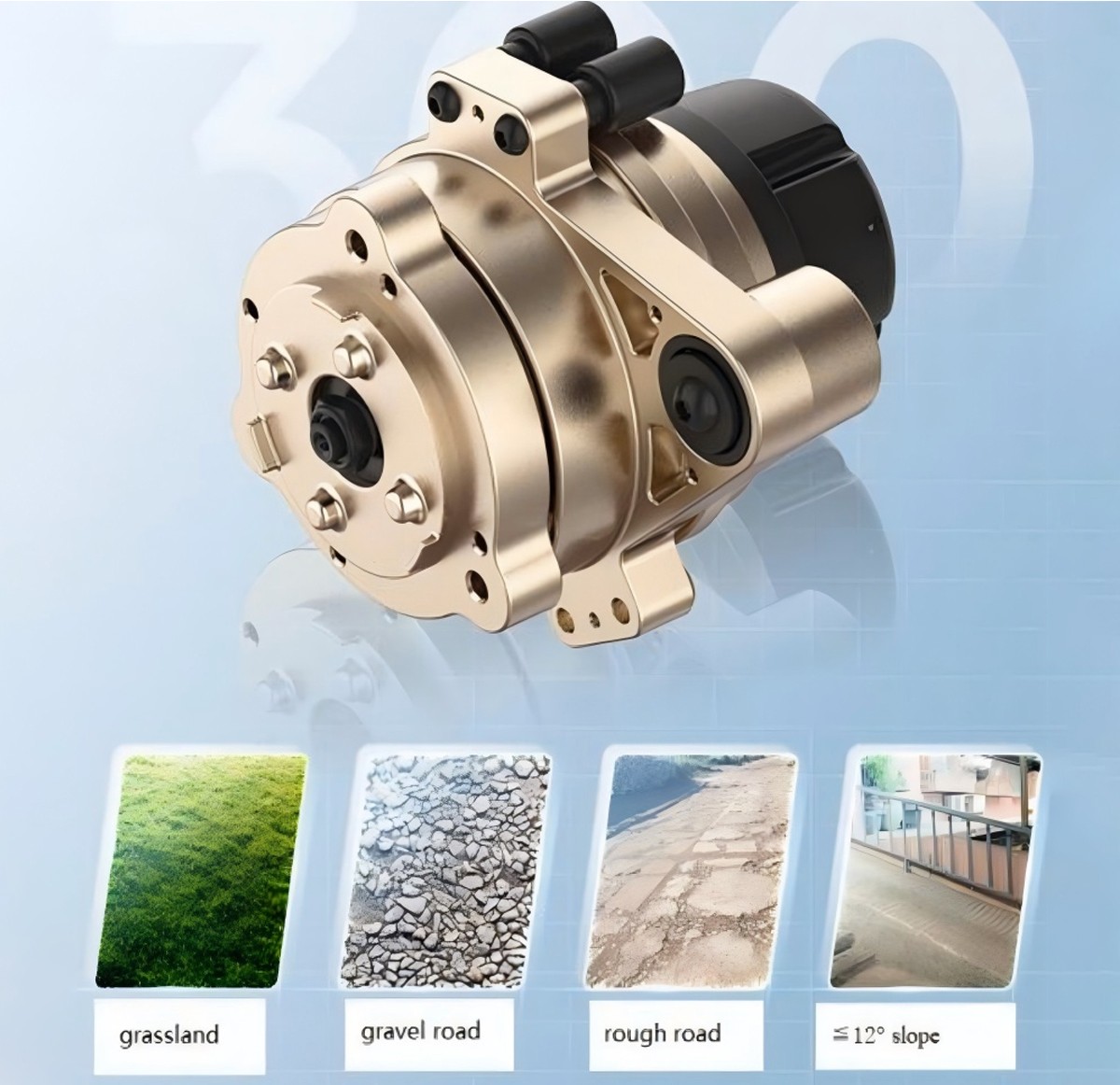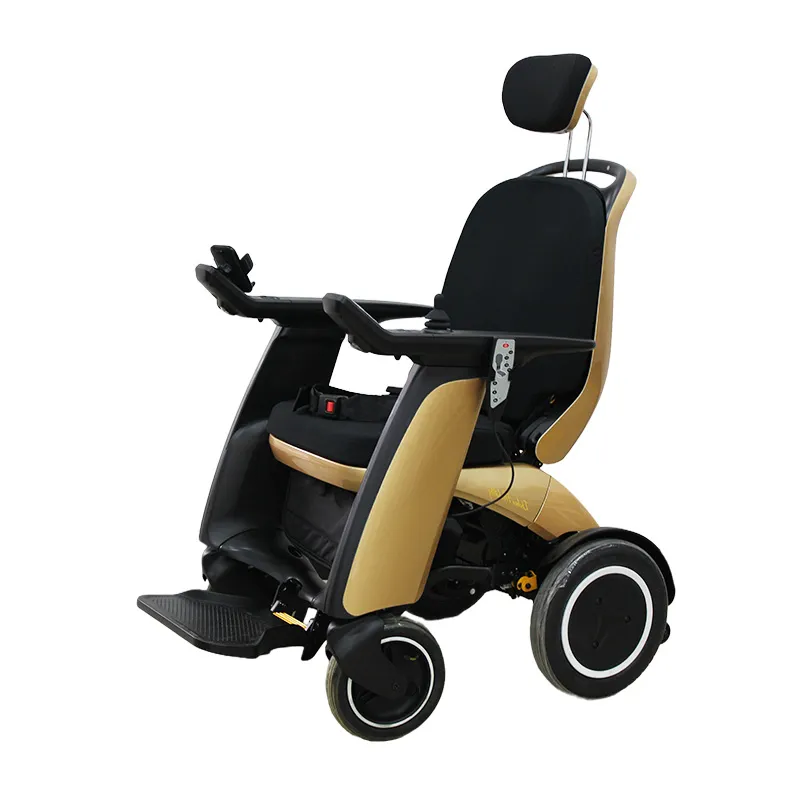In Europe and the United States, electric wheel chairs have become an indispensable auxiliary tool in the daily lives of many elderly people, disabled people and patients with chronic diseases. As a high-value device that combines power systems, control systems, structural engineering and medical assistive device design, the life of electric wheel chairs has attracted much attention.
One of the most common questions many users ask after purchasing an electric wheelchair is: "How long can an electric wheelchair last?"
The answer to this question is not simple, because an electric mobility wheelchair is not a device with a uniform lifespan, but a system composed of multiple parts working together. The wear rate, life cycle, maintenance frequency and usage intensity of different parts have a decisive impact on the service life of the whole machine.
This article will comprehensively analyze the use cycle of electric wheel chairs from the perspectives of structural analysis, electrical systems, control devices, battery life, drive units, etc., to help users understand which parts are prone to aging, which parts need to be replaced regularly, and under what circumstances should they consider replacing the whole machine.

What is the life of an electric wheelchair?
——The average service life is between 3-7 years!
According to US Medicare data and the European Assistive Devices Regulatory Report (EUDAMED), the average lifespan of a conventional brand of electric mobility wheelchair under moderate daily use conditions is about 3-5 years, and high-end customized models can be used for 5-7 years or even longer.
Factors that affect the overall service life of electric wheel chairs include:
1. Frequency of use (daily use time, whether it is used outdoors for a long time)
2. Use environment (whether it often experiences bumpy roads, high humidity or extreme temperature differences)
3. Maintenance (whether the drive system is regularly charged, cleaned, and checked)
4. Electric wheelchair brand quality and component grade
However, this "average life" is not the uniform lifespan of each component. To truly answer the question "How long can an electric mobility wheelchair last", it must be broken down into the specific use cycle of each core component.
How long is the use cycle of each component of an electric wheelchair?
1. Battery system of electric wheelchairs - the "core consumables" that need to be focused on
· Type: lead-acid battery, lithium-ion battery (mainstream)
Average use cycle:
· Lead-acid battery: 12-18 months
· Lithium battery: 2-3 years (about 300-500 complete charge and discharge)
Replacement cost:
· Lead-acid battery: $200-$400
· Lithium battery: $500-$1,200 (high-end models are more expensive)
Influencing factors:
· Charging method (whether it is frequently overcharged and discharged)
· Storage temperature (high temperature shortens life)
· Storage time (long-term non-use will cause self-discharge)
Conclusion: The battery is the most regularly replaced component in an electric mobility wheelchair, and the general update cycle is about 2 years.
2. Electric wheelchair motor system (drive motor + transmission mechanism)
·Type: DC brushless motor (mainstream)
·Average life cycle: 5-8 years
·Replacement cost: $300-$800 per motor
Wear performance:
·Low start
·Increased noise
·Lagged acceleration
Maintenance points:
·Avoid overloading the electric wheelchair
·Regularly clean the gear chamber and motor cover
Conclusion: The drive motor can be used for more than 5 years without accidental wear and tear, and is a relatively stable component of the electric wheelchair.
3. Electric wheelchair control system (joystick, control module, main board)
·Average life: 4-6 years
Common faults:
·Control failure or drift
·Sluggish operation
·Electric control board burnout (extreme weather or voltage problem)
·Repair or replacement cost: $250-$1,000 (depending on brand and functional complexity)
Technology upgrade trend:
Evolving from traditional joystick to Bluetooth App control, voice control, and eye control system
Conclusion: The life of the control system is medium, but it is easily affected by moisture, voltage shock, etc., and requires careful maintenance.

4. Tires and shock absorption system of electric wheel chairs
·Tire types: solid tires, pneumatic tires, maintenance-free polyurethane tires
Average service life:
·Solid tires: 2-3 years (mainly surface wear)
·Pneumatic tires: 1-2 years (easy to burst)
·Replacement cost: $50-$300 (depending on specifications)
·Shock absorption system (spring/hydraulic) life: 3-6 years
Conclusion: Tire wear directly affects ride comfort and safety, and should be checked and replaced regularly.
5. Seat system and support structure of electric wheelchair
Main problems:
·Seat cushion collapse and deformation (especially anti-pressure sore cushion)
·Backrest becomes loose and seat angle lock is damaged
·Leg support and armrest parts are loose or broken
·Life of anti-pressure sore cushion: 12-24 months
·Life of bracket and metal frame: 8-10 years (under normal load)
Replacement cost:
·Medical-grade cushion: $300-$800
·Entire seat system: $1,000-$2,500
Conclusion: The comfort of the seat system affects the long-term use experience, and the cushion needs to be replaced in time according to weight and frequency of use.
6. Charger and supporting cable of electric wheelchair
·Life cycle: 2-5 years
Fault manifestation:
·Unstable charging current
·Loose socket or poor contact
·Replacement cost: $100-$300
Suggestion: Check the integrity of the electric mobility wheelchair cable regularly to avoid fire hazards.

Different usage intensity: reference for replacement cycle of electric wheelchair
User type | Daily use time | Common road conditions | Recommended replacement cycle for the whole machine |
| Light user (elderly) | 1-2 hours | Indoor/flat ground | 5-7 years |
| Moderate user (disabled) | 2-4 hours | Urban area/small slope | 4-6 years |
Intensive user | 6 hours or more | Outdoor/bumpy road | 3-4 years |
| High-frequency user during travel | Moving all year round | Get on and off/frequent travel | 3-5 years |
Common misunderstandings about the life of electric wheelchairs and comparison with the actual situation
Common misconceptions | Actual situation |
| "As long as it doesn't break down, it can be used for many years" | In fact, batteries and cushions are consumables and need to be replaced regularly, otherwise they will affect safety and comfort. |
| "Lithium batteries can be used for five or six years" | The actual lifespan is usually 2-3 years. Exceeding the use period may cause voltage abnormalities or sudden drops in power. |
| "The more expensive the electric wheelchair, the longer it can be used" | Good brands and workmanship do extend the lifespan, but high-frequency use and high-humidity environments will still accelerate wear. |
| "The wheelchair tires don't need to be taken care of" | Severe wear will lead to difficulty in control and even imbalance and fall. Tires need to be inspected regularly. |

How to extend the service life of electric wheel chairs?
1. Battery:
·Avoid the habit of "recharging after exhaustion", and keep it between 20%-80% for the best;
·Fully charge and discharge the battery once a month to activate it;
·Avoid high temperature and humidity when storing electric wheel chairs.
2. Motor system:
·Avoid overloading or long-term climbing;
·Check the electric mobility wheelchair for abnormal noise or jamming every quarter.
3. Control system:
·Waterproof and dustproof, try to avoid contact with liquids such as beverages;
·Calibrate in time if drift occurs.
4. Regular maintenance:
·Perform vehicle maintenance (lubrication, tightening, cleaning) 1-2 times a year;
·Record the replacement time of each component of the electric mobility wheelchair and establish a maintenance file.
What benefits do clients get from choosing your hospital beds and frames?
Clients who buy hospital beds, hospitals frames, or accompanying medical furniture from us get factory-direct pricing combined with premium quality verified by ISO9001, ISO13485, FDA, and CE. We manufacture multiple bed types—manual, electric, adjustable—geared toward clinics, rehabilitation centers, and home care.
With our in-house R&D and dual production bases in Foshan, we offer volume discounts, custom quotes, OEM design, and low-price incentives, along with full after-sales service support for bed accessories and spare parts.










